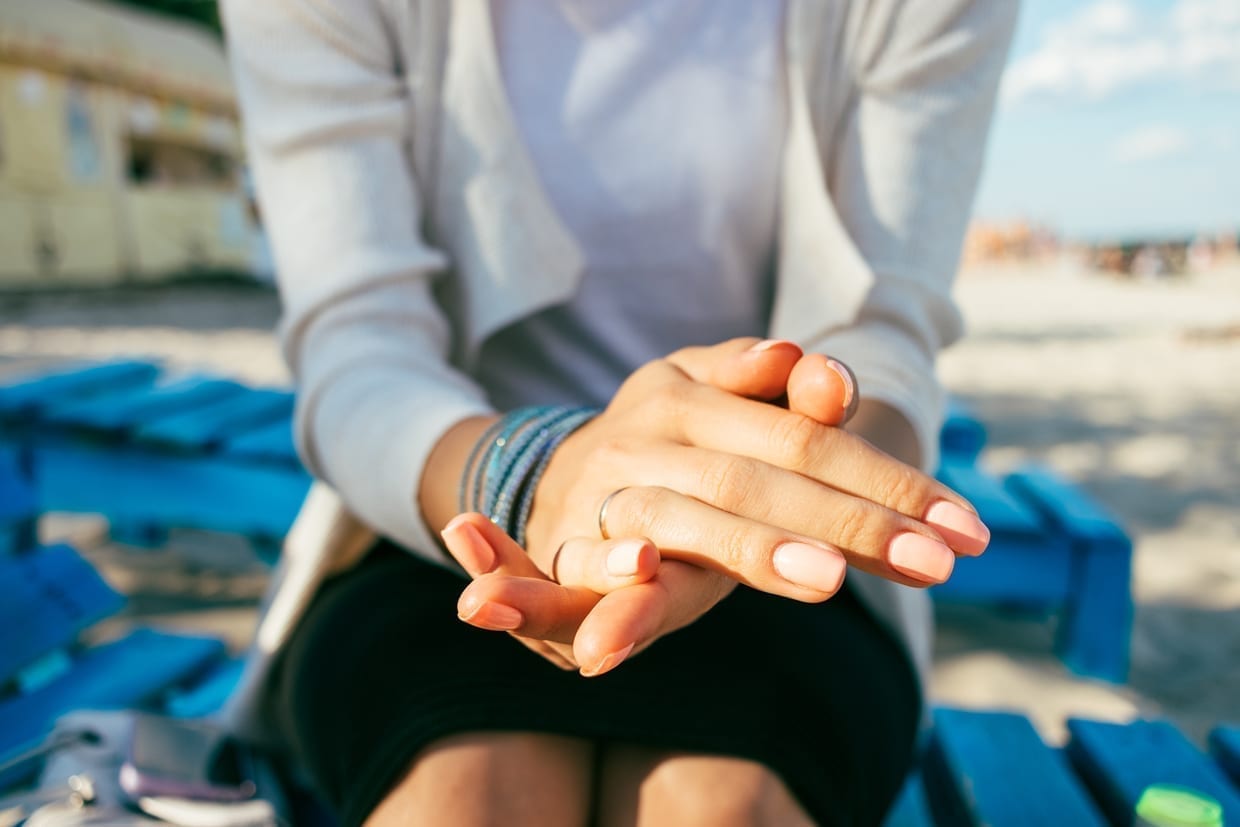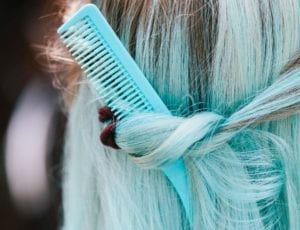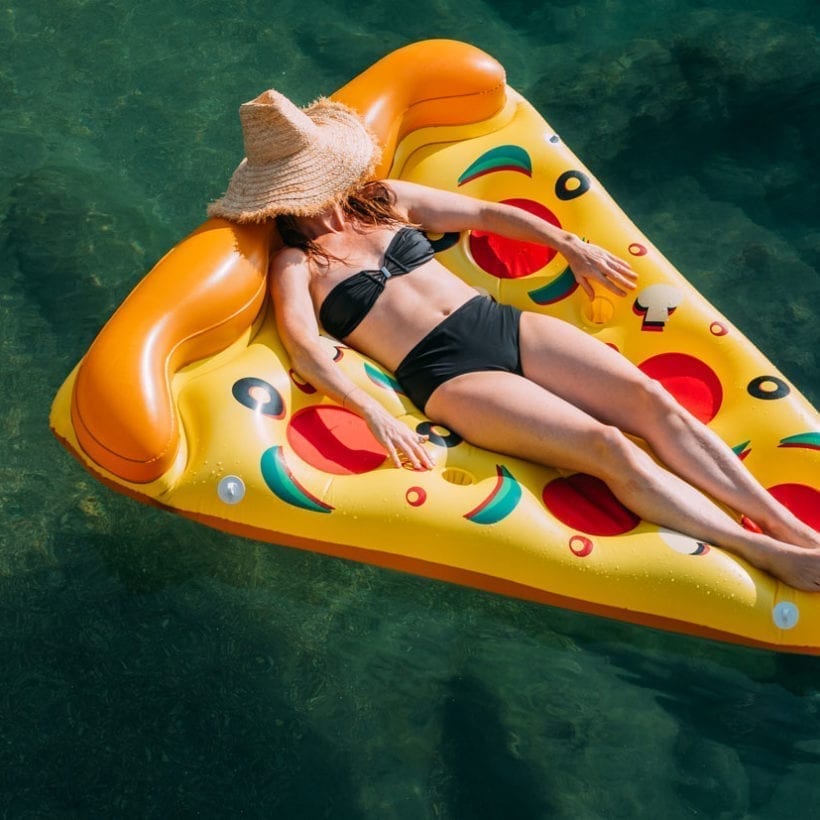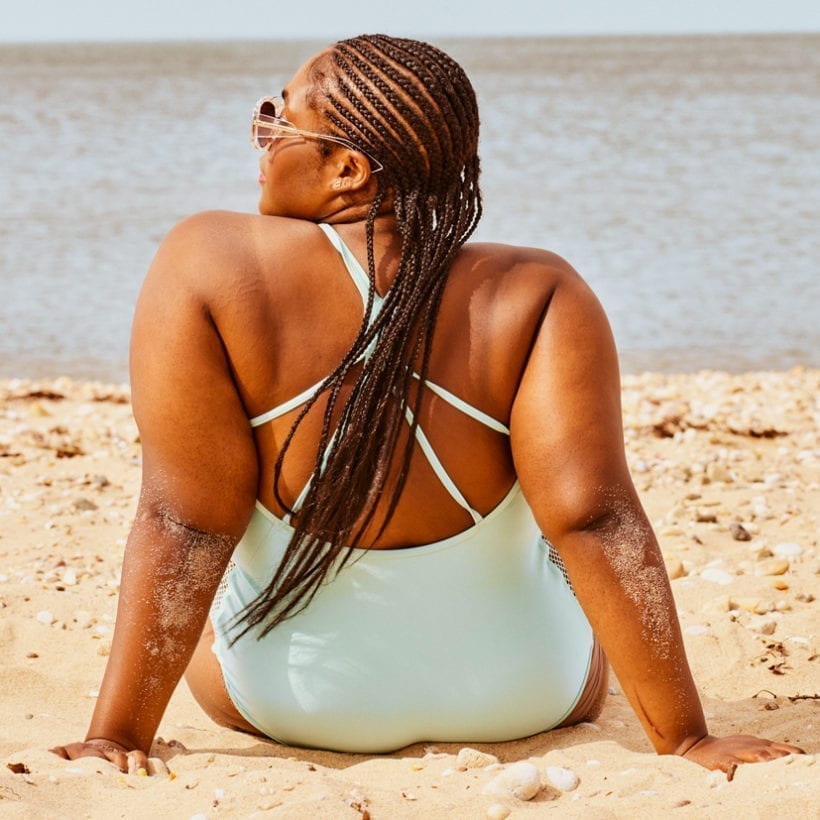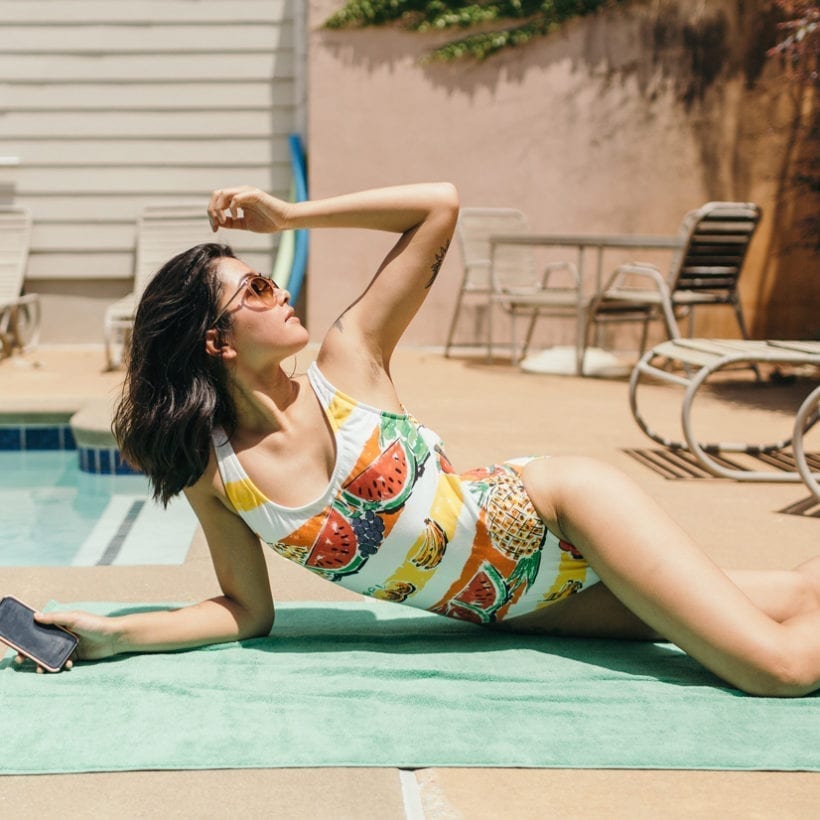One summer, Dora Caley noticed one of her toenails had turned black. “I guess at first I just assumed that it was some type of injury or from wearing tight shoes and so I kind of just let it go for a little while,” Caley says. Eventually, she figured, the damaged nail would fall off and a new one would grow in its place. But after a few weeks, the nail was still black, and on top of that she was starting to notice some pain in her nailbed, so Caley went to see a podiatrist.
The doctor pulled the nail, but underneath he saw something concerning: three dark lines running through Caley’s nailbed. He did not think it was anything to worry about but, just to be safe, he decided to take a biopsy. “Two weeks later, he called me and said that it was melanoma skin cancer,” Caley says.
Melanoma is serious — one person dies from melanoma every hour of every day, according to the Melanoma Research Alliance — and incredibly common. According to the American Cancer Society, it is one of the most common cancers in young adults — especially among young women. In most places on the skin, melanoma looks like an asymmetric, irregular, uneven mole. But when it starts under the nail, it often looks like a dark black or brown line. Most people have no idea that it can look that way.
After her diagnosis, Caley’s podiatrist referred her to a dermatologist with a warning: She might lose her toe. “He said, ‘I’m not sure but that could happen and you would have to learn how to walk again,’” she says. Luckily, after the dermatologist took a look, he was optimistic he could save Caley’s toe — but he would still need to do surgery to remove cancer. “Luckily they only had to cut once and when I went back two days later, I was told it was cancer-free,” Caley says.
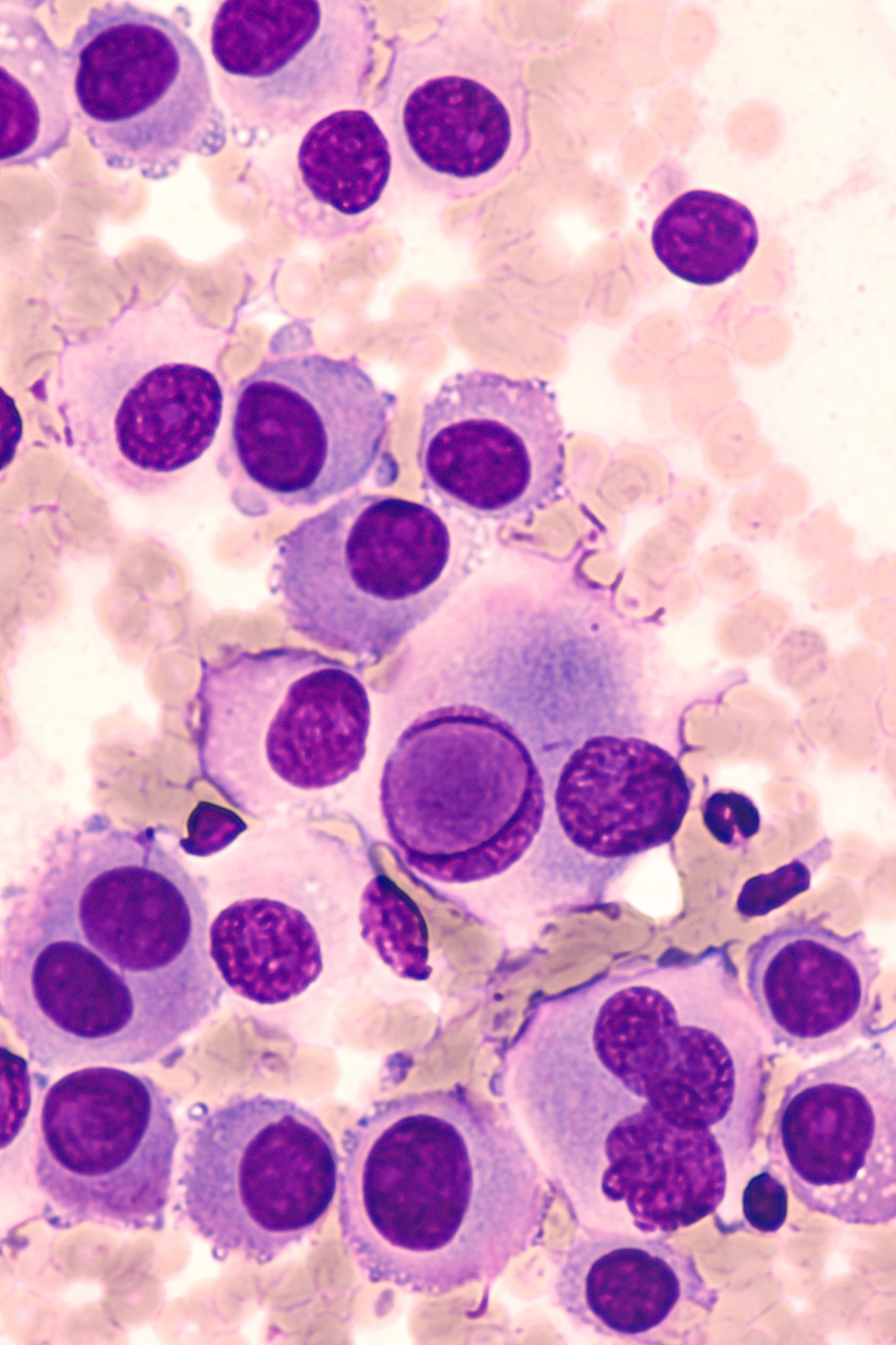
Skin cancer: hidden in plain sight
Stories like Caley’s where skin cancer hides under the nail are rare — but that makes them even more dangerous. “I was aware that you could get skin cancer but thought it looked like funny-looking moles or some strange spot or something like that,” Caley says. “I didn’t have any strange moles or anything on my body that I was concerned about until my toe. Getting cancer never really crossed my mind.”
Skin cancer can lurk in some unexpected places that you might not even be able to see: in your nailbeds, on your scalp, the soles of your feet or palms of your hands, the tops of your ears, even on your nether regions.
These cases are rare but dangerous — if you can’t see the skin cancer or do not know how to spot it, it might go untreated longer. This is a major problem, considering skin cancer is highly treatable, but only when it is caught early, according to the American Academy of Dermatology. When melanoma is caught early, before cancer can spread to the lymph nodes, the five-year survival rate is extremely high: 99 percent. In other words, staying vigilant for skin cancer, especially in the most unexpected spots, is key.
How to stay protected
All of these unexpected places you can get skin cancer have one thing in common: even if you are religious about your SPF routine, they are all likely places you might miss when you are putting on sunscreen, says Chris Adigun, M.D., a fellow with the American Academy of Dermatology. Your hands and feet, the part of your hair, the tops of your ears — all of these places need sun protection, too. “Unfortunately, before this, I didn’t wear sunscreen much because I’m dark-skinned — I tanned easily, and I didn’t burn,” Caley says. “This experience changed how I looked at things.”
After her cancer diagnosis, her doctor recommended staying out of the sun during the day and when she did have to be outside, wearing long sleeves, a hat and SPF. “It really did scare me, so I didn’t go in the sun hardly at all for quite some time. And if I had to be outside, I did spray sunscreen from my face all the way to my toes, and really sprayed it on that one toe,” Caley says.
It may seem overly cautious but making sure every inch of your body is protected when you go in the sun can make a big difference. Wear SPF — dermatologists recommend at least SPF 30 — and grab a wide-brimmed beach hat before heading out into the sun. “It’s important to know that your UV exposure is cumulative,” says Adigun. “If you know you had a lot of sun exposure as a kid or a teenager, that makes it that much more important that you protect yourself now because all that sun exposure stays with you — it makes a big difference for you to really control your sun exposure going forward.”
“It took me a good two years to feel comfortable going into the sun more,” says Caley. “But now when I do go work in the flower bed or do whatever, I wear long sleeves, I wear closed shoes, I wear a hat, I spray myself with sunscreen. I’m a lot more conscientious about being outdoors.”
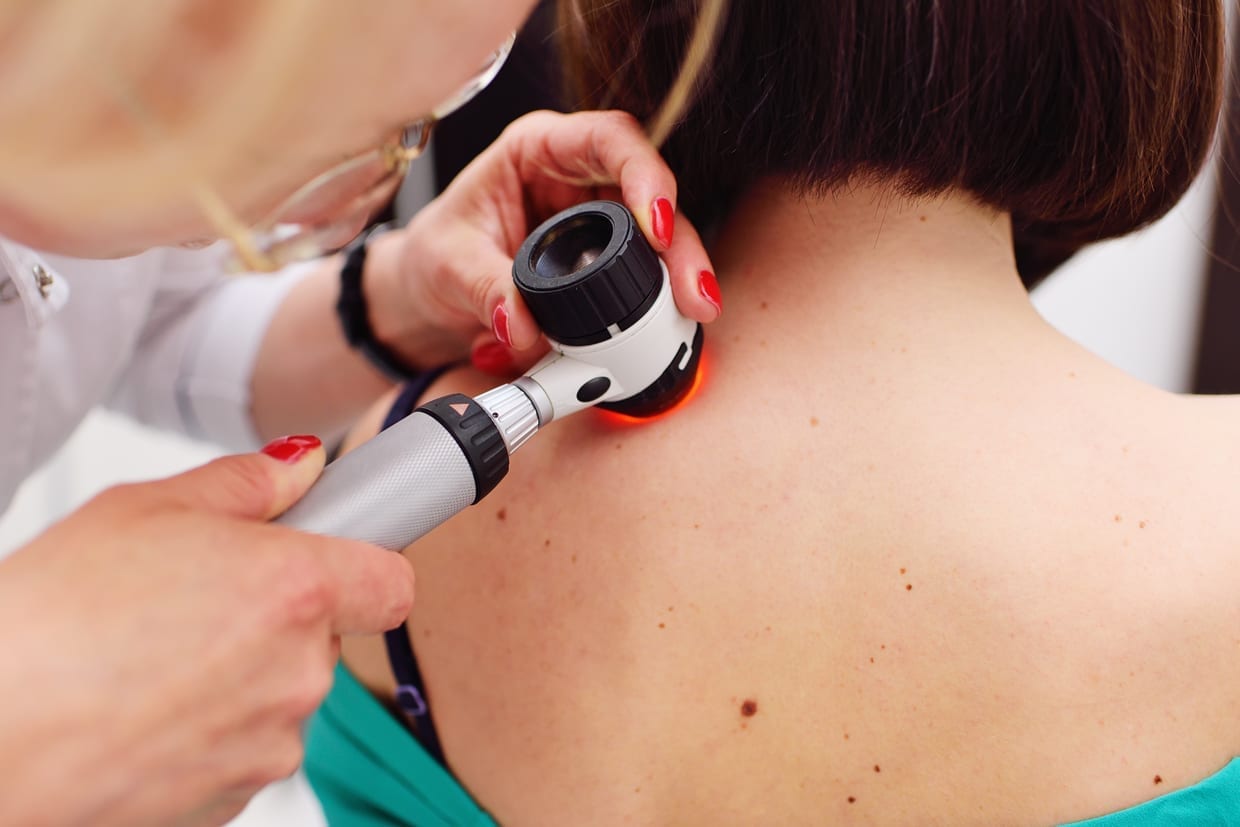
Caley also gets her skin checked regularly by her dermatologist every year to look for any suspicious spots. “With no specific risk factors, we recommend an annual full-skin exam once a year. If you have a personal history of atypical moles or a personal history of skin cancer, then we recommend at least twice a year,” says Adigun.
Having a pro take a look is especially important for spotting skin cancers you may not notice on your own, like under your nail or on your scalp. “Believe it or not, we work more closely with hairstylists than a lot of people may think, because they’re the only ones that are going through your scalp literally with a fine-tooth comb,” Adigun says. Next time you treat yourself to a blowout, ask your stylist to keep their eyes open for anything that looks out of the norm — like a dark spot or a red spot — and let you know so you can have your dermatologist take a closer look. The same goes for your manicurist. In between polish changes, peek at your bare nails to make sure there are no spots or lines running through your nailbeds.
When it comes to skin cancer, it is always better safe than sorry. “I always tell people to go get it checked because you just don’t know,” Caley says. “I mean, I never would have thought that’s what mine was.”
We only recommend products we have independently researched, tested and loved. If you purchase a product found through our links, Sunday Edit may earn an affiliate commission.
